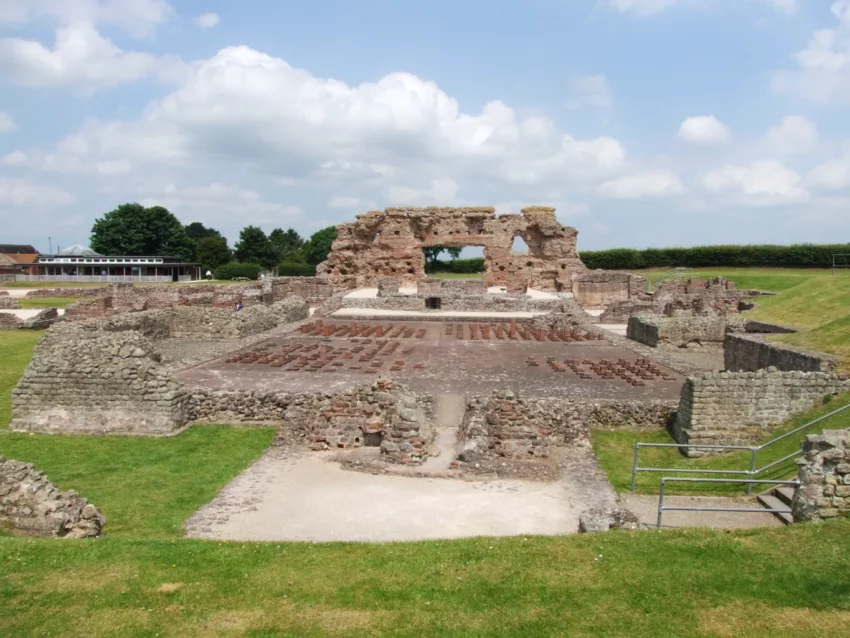Introduction to Viroconium Cornoviorum
Viroconium Cornoviorum, also known as Uriconium, was a significant Roman city. It is now part of Wroxeter, a small village in Shropshire, England. This site was about 5 miles southeast of Shrewsbury. At its peak, Viroconium was the fourth-largest Roman settlement in Britain. It boasted a population exceeding 15,000.
Get your dose of History via Email
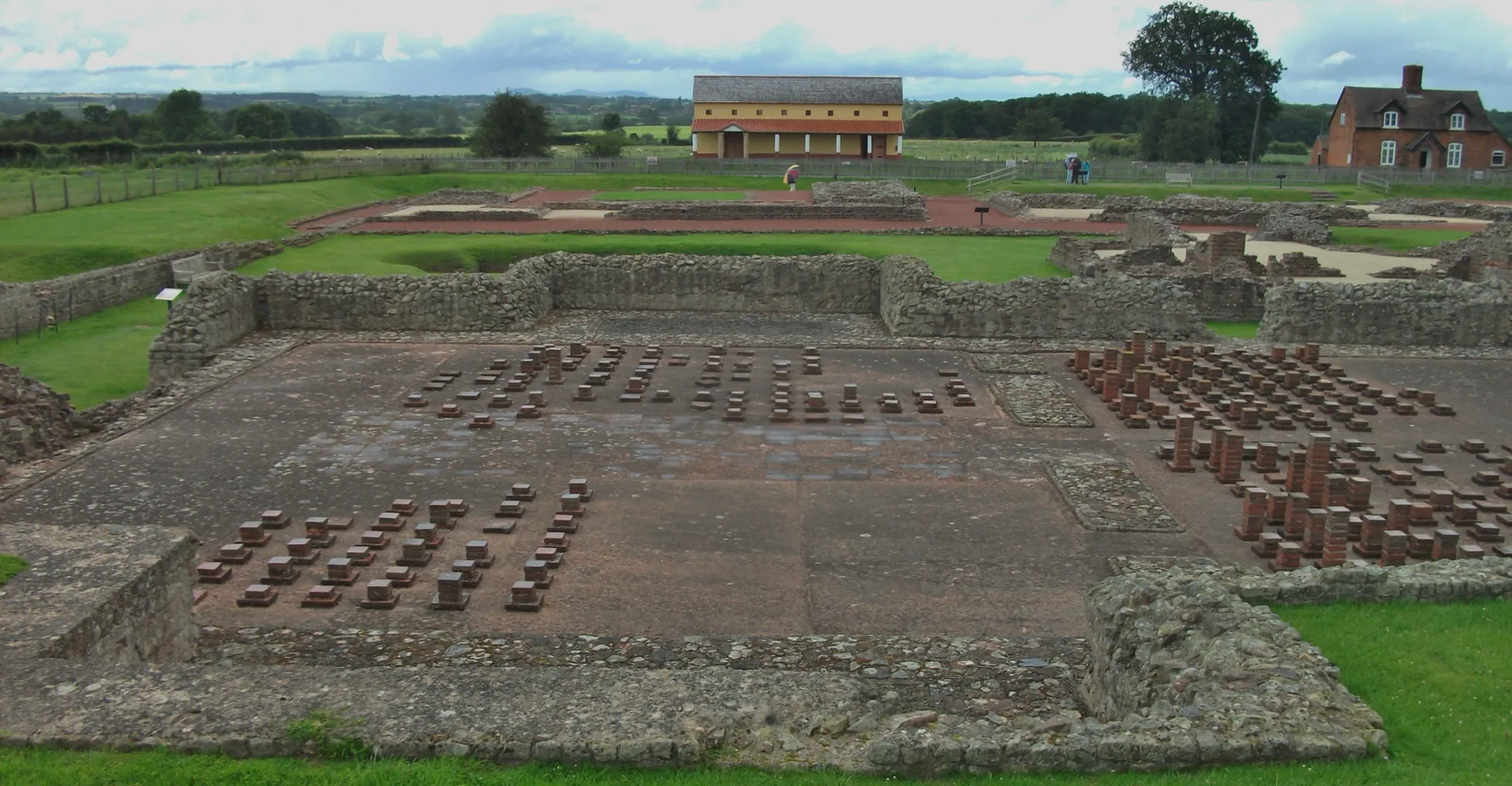
Historical Background
The original capital of the Cornovii tribe was on the Wrekin hillfort, known as *Uiroconion. After the Romans subdued the Cornovii, they moved the capital to Wroxeter. They then renamed it Viroconium. The name “Cornoviorum” distinguishes it as the settlement of the Cornovii tribe.
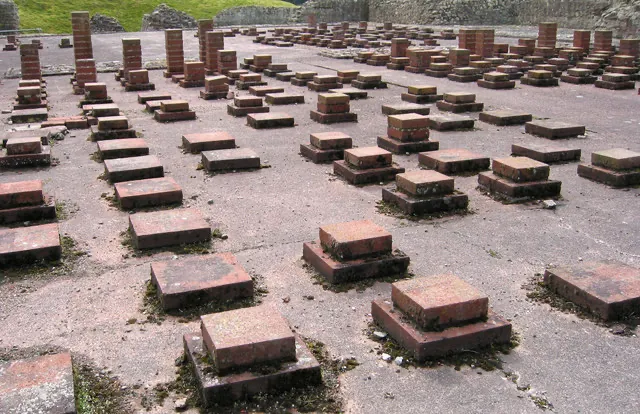
Roman Influence and Development
Viroconium served as a frontier post initially established during the Roman conquest of Britain. It was strategically located near Watling Street, a major Roman road. The city saw significant military and architectural developments over the centuries. These included the replacement of a fort with a legionary fortress by Caesar’s Legio XIV Gemina.
Architectural Highlights
Significant remains of Viroconium still exist, including the public baths known as “The Old Work”. This structure is the largest free-standing Roman ruin in England. The city also featured a forum, rebuilt around 130 AD, which highlighted its prosperity and importance.
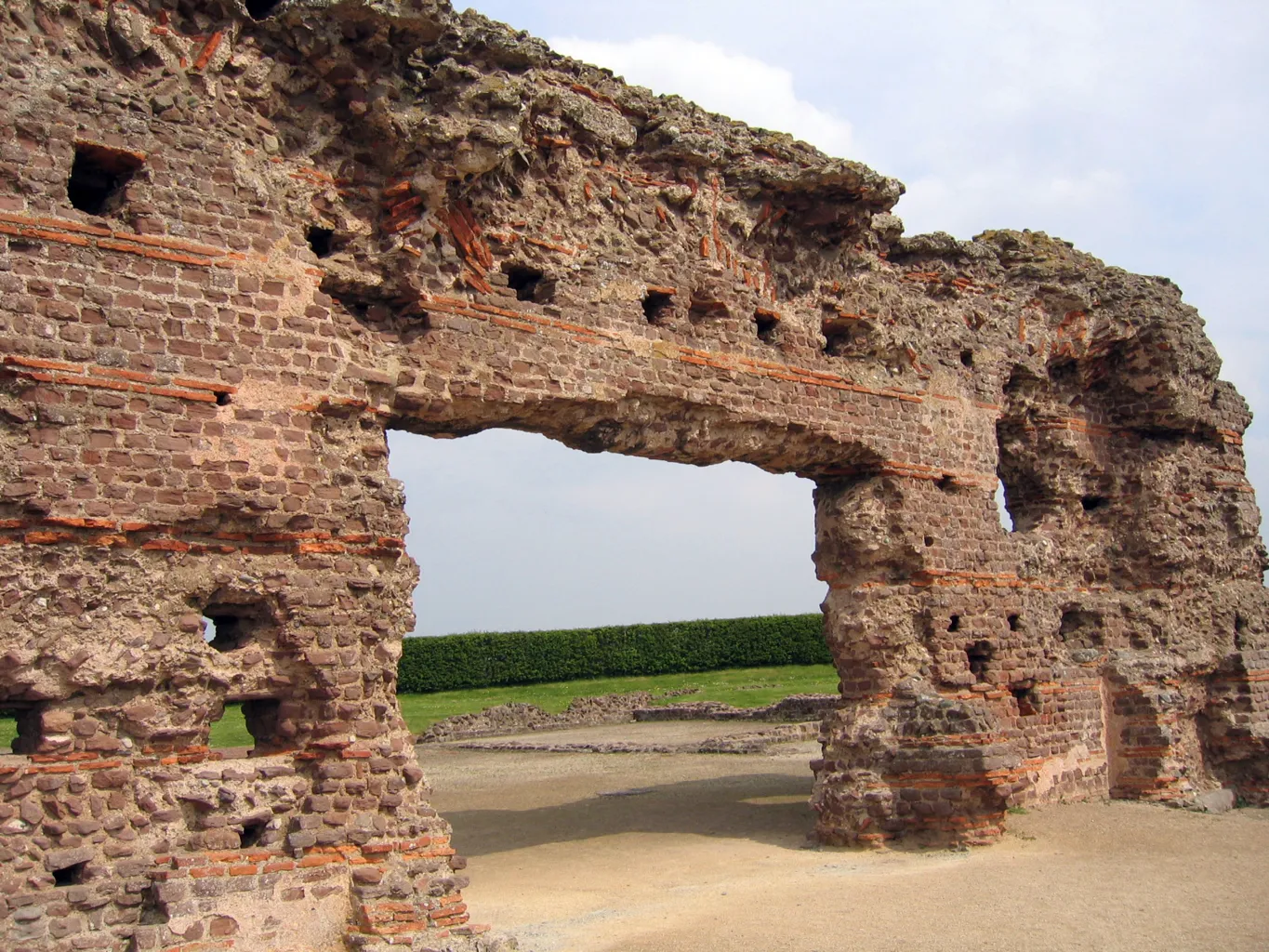
Decline and Legacy
After Roman rule ended around 410 AD, Viroconium’s importance declined. It eventually became part of the sub-Roman kingdom of Powys. The site was likely abandoned in the late 7th or early 8th century. However, its architectural legacy continues to be a focus of archaeological study and public interest.
Preservation Efforts
Today, Viroconium’s remains are preserved and displayed at Wroxeter Roman City, managed by English Heritage. A reconstructed Roman villa, opened in 2011, offers insights into Roman building techniques and lifestyle.
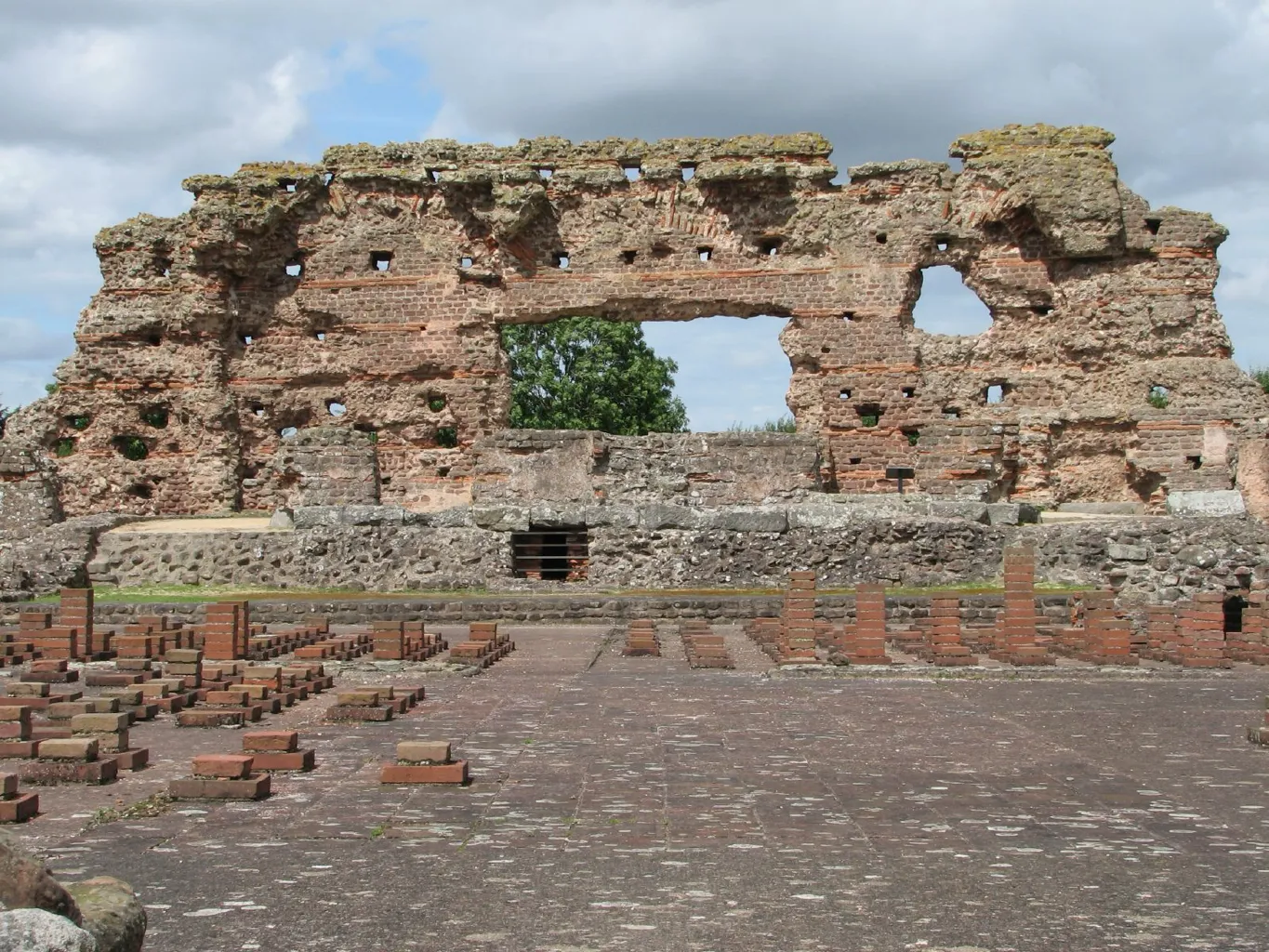
Conclusion
Viroconium Cornoviorum remains a testament to the rich history of Roman Britain. Its ruins provide valuable insights into the urban and architectural advancements of the period.
Sources


